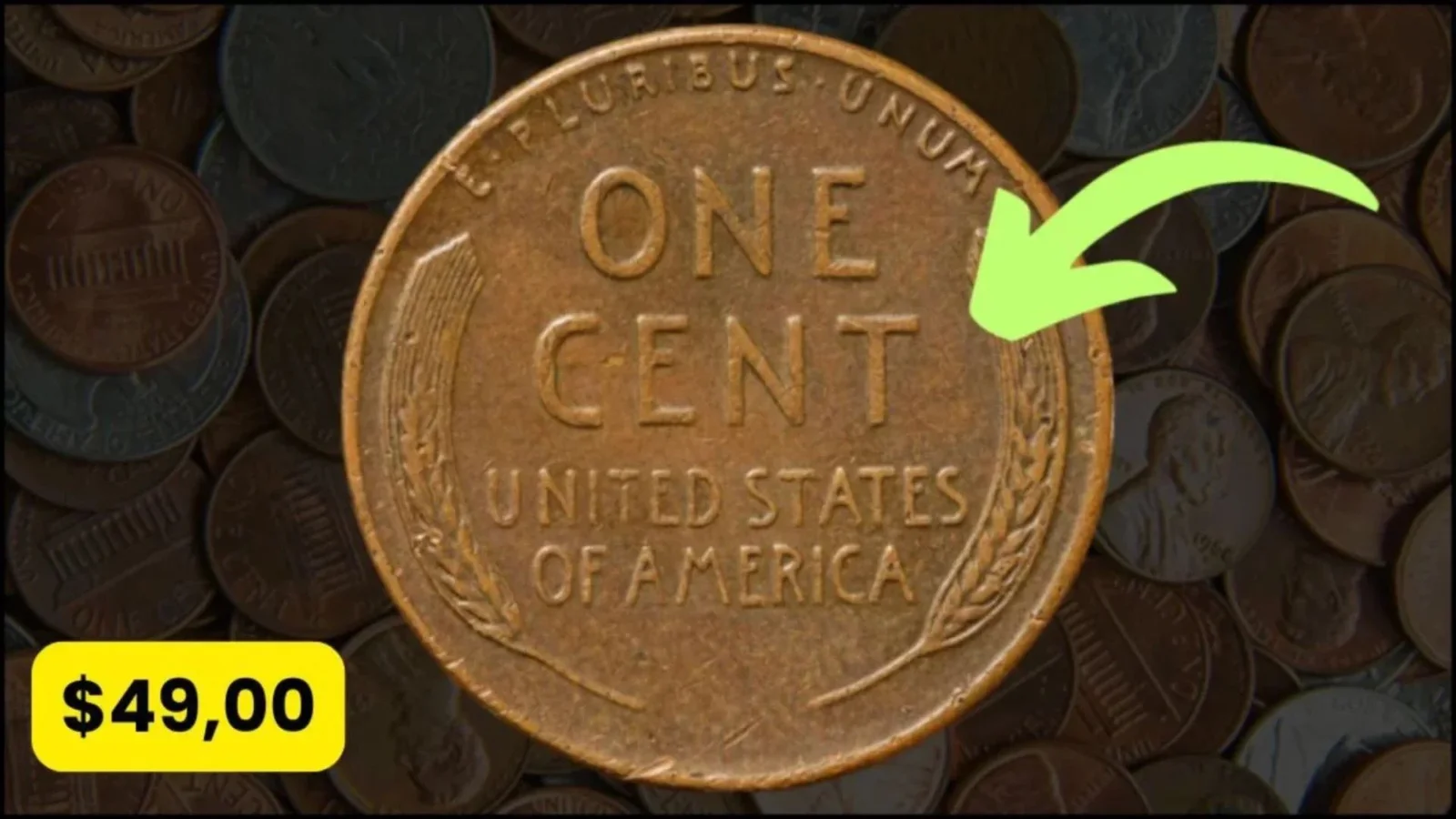Ever wondered if that dusty penny in your jar could be worth a fortune?
Some rare Lincoln Wheat Pennies, especially the 1914-D version, have turned ordinary pocket change into life-changing finds for collectors.
In top condition, this coin can fetch up to $49,000. And believe it or not — it might still be out there.
In this guide, we’ll explore its history, why it’s so valuable, how to identify a genuine 1914-D penny, and tips for finding one yourself.
History of the Lincoln Wheat Penny
The Lincoln Wheat Penny debuted in 1909 to honor President Abraham Lincoln on his 100th birthday.
It was the first U.S. coin to feature a real person instead of symbolic figures like Lady Liberty.
Who Designed It — And Why Wheat?
The design came from Victor David Brenner, a Lithuanian-born artist.
- Obverse (front): Lincoln’s portrait.
- Reverse (back): Two wheat stalks symbolizing prosperity and American farming.
The wheat design remained until 1958, when it was replaced by the Lincoln Memorial.
Why the 1914-D Lincoln Wheat Penny Is So Valuable
Not every Wheat Penny is worth more than face value. But the 1914-D, minted in Denver, stands out because of its low mintage and high demand among collectors.
Low Mintage and Historical Timing
- In 1914, the Denver Mint produced just 1.2 million pennies — a tiny number compared to other years.
- Many were heavily used or lost during the World War I era, making high-grade examples extremely rare today.
How Much Is the 1914-D Penny Worth?
Coin values depend on grade — a measure of condition, ranging from 1 (poor) to 70 (perfect).
| Condition | Description | Estimated Value |
|---|---|---|
| Good | Heavy wear, faded details | $200 – $500 |
| Fine | Moderate wear, partial details | $1,000 – $3,000 |
| Extremely Fine | Sharp details, light wear | $10,000 – $15,000 |
| Mint State (MS) | Like new, original luster | Up to $49,000 |
In Mint State, the coin often retains a bright “red” copper color prized by collectors.
How to Identify a Genuine 1914-D Wheat Penny
Because of its high value, this coin is frequently counterfeited.
Here’s what to check:
- Date: Clear “1914” on the front.
- Mint Mark: Small “D” below the date.
- Reverse: Two wheat stalks framing “ONE CENT.”
- Material: Solid copper with reddish-brown patina.
Tip: Use a magnifying glass to inspect sharpness. Blurry or uneven details could mean it’s fake.
Common Fake Tactics
Some counterfeiters alter a common 1944-D penny to appear like a 1914-D.
For safety, get your coin authenticated by trusted grading services such as PCGS or NGC.
Can You Still Find the 1914-D Penny in Circulation?
Yes — though it’s rare.
Occasionally, these coins surface in old change jars, inherited collections, or bank coin rolls. Coin roll hunters buy penny rolls to search for treasures like this.
Tips for Finding Rare Pennies
- Check your change regularly.
- Search bank rolls and bags of pennies.
- Join coin clubs or online forums for advice.
- Never clean old coins — even dirt can protect value.
How to Care for a Valuable Penny
If you think you’ve found one:
- Hold it by the edges to avoid fingerprints.
- Store in a protective holder or capsule.
- Keep away from harsh cleaning or polishing.
- Get it professionally appraised.
Why Collect Coins?
The 1914-D penny isn’t just about money. It’s a tangible link to history — minted before WWI, designed by an immigrant who made his mark in America.
Coin collecting also builds patience, research skills, and sometimes… a healthy dose of luck.
Final Thoughts
The 1914-D Lincoln Wheat Penny proves that even the smallest coins can hold big surprises.
While finding one in circulation is unlikely, the hunt itself is part of the fun — and who knows? That next coin in your change could be worth thousands.



